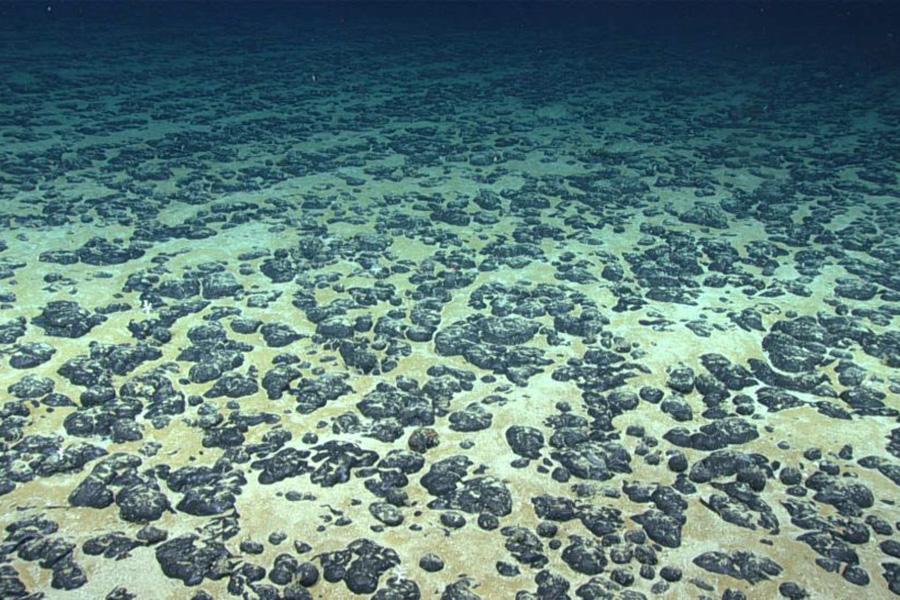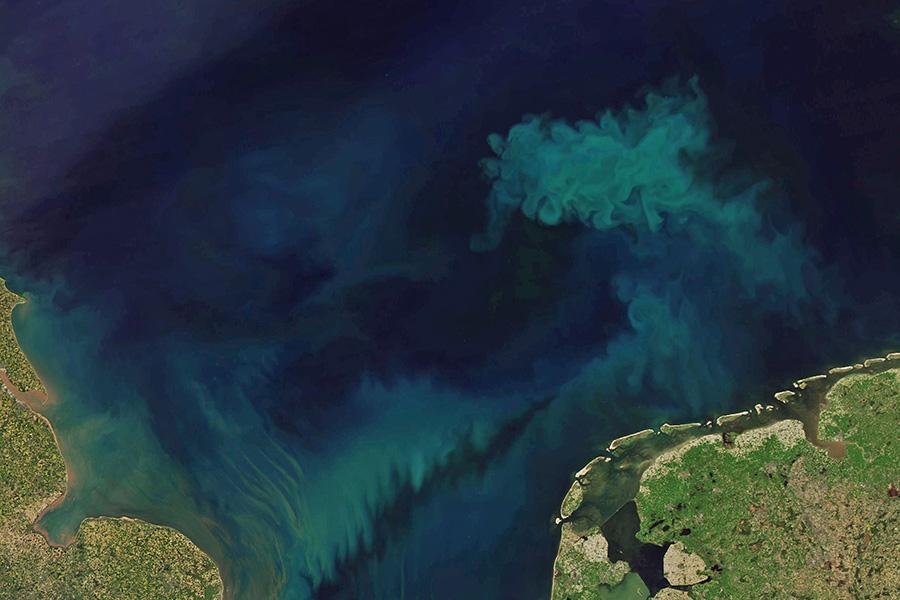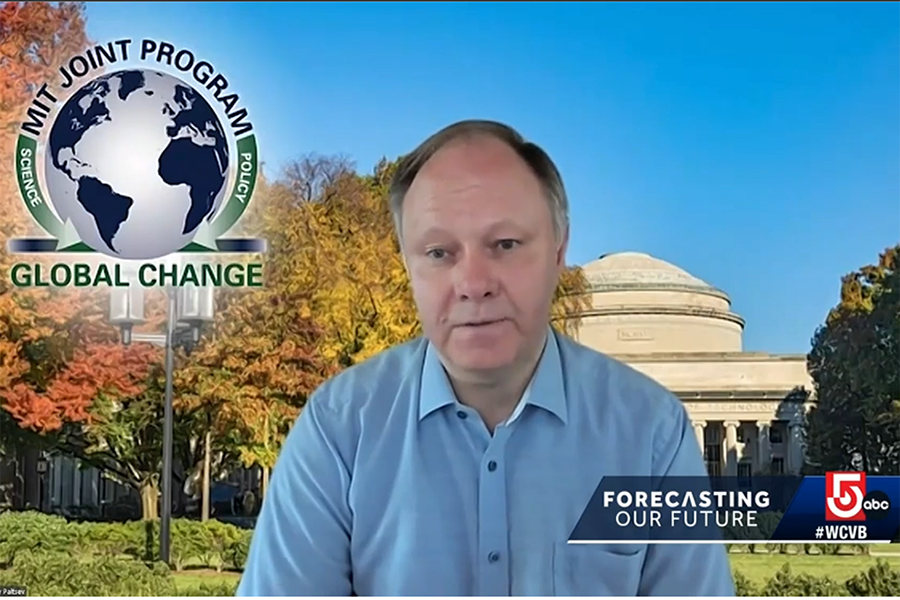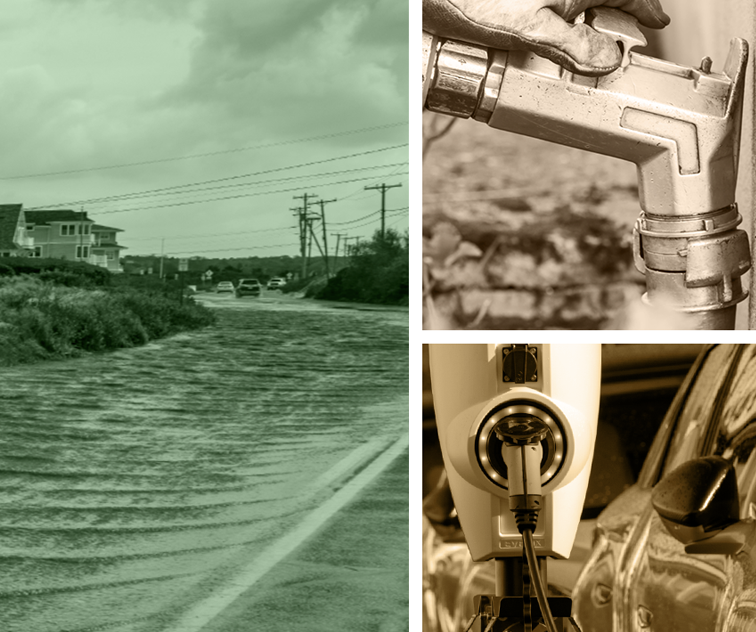News + Media

The latest United Nations IPCC Report projects that every increment of global warming—now 1.1 degrees Celsius above pre-industrial levels and rising—will intensify local impacts of climate change, from drought to wildfires to flooding.

In the hunt for minerals needed in electric car batteries, some companies are turning to the deep sea. But mining this ecosystem could threaten its very existence. (Live Science)

To limit the frequency and severity of droughts, wildfires, flooding and other adverse consequences of climate change, nearly 200 countries have committed to the Paris Agreement’s long-term goal of keeping global warming well below two degrees Celsius.

Ahead of COP28, the UAE's EV market is booming, bolstered by private investments, government initiatives, and partnerships with countries such as India (The Economic Times)
Ahead of COP28, the UAE's EV market is booming, bolstered by private investments, government initiatives, and partnerships with countries such as India
Dubai is gearing up to host the 2023 UN Climate Change Conference on November 30. The 28th meeting of the Conference of the Parties (...

The color changes reflect significant shifts in essential marine ecosystems (MIT News) (Coverage: Washington Post, The Guardian, Boston Globe, CNN, CBS, Bloomberg, National Geographic, U.S. News & World Report, Forbes, Scientific American, New Scientist, Popular Science, Smithsonian, Axios, The Daily Beast)
The ocean’s color has changed significantly over the last 20 years, and the global trend is likely a consequence of human-induced climate change, report scientists at MIT, the National Oceanography Center in the U.K., and elsewhere.

The former senior advisor to two U.S. presidents will focus on how to advance U.S. industrial strategy and address climate change (MIT Office of the Provost)
MIT has appointed former White House National Economic Council (NEC) director Brian Deese as an MIT Innovation Fellow, focusing on the impact of economic policies that strengthen the United States’ industrial capacity and on accelerating climate investment and innovation. Deese will begin his...

Joint Program Deputy Director Sergey Paltsev responds to new report showing global average temperature reaching 17.18 C (62.9 F) (WCVB (ABC Affiliate))
BOSTON —
A climate expert at the Massachusetts Institute of Technology is urging action after a new report shows the earth just experienced the hottest days on record.
"I've seen a lot of messages that this is yet another wake-up call," said Dr. Sergey Paltsev. "I'm afraid...

MIT Joint Program Research Scientist Mei Yuan contributes to study in the journal Science (EPRI)
Jul 5, 2023
PALO ALTO, Calif. (July 5, 2023)—Clean energy investments incentivized through the climate provisions of the U.S. Inflation Reduction Act (IRA) could accelerate economy-wide decarbonization but would fall short of the federal government’s goal to reduce emissions by at...

Climate science/policy book co-authored by MIT Joint Program Co-Founder Emeritus Henry Jacoby among recent titles from Institute faculty and staff
Summer is the perfect time to curl up with a good book — and MIT authors have had much to offer in the past year. The following titles represent a selection of books published in the past 12 months by MIT faculty and staff. In addition to links for each book from its publisher, the MIT Libraries...


